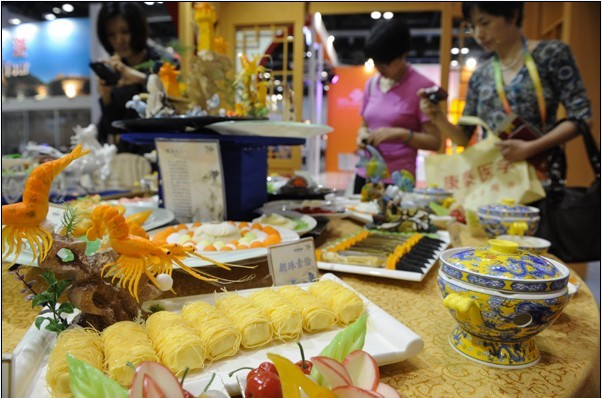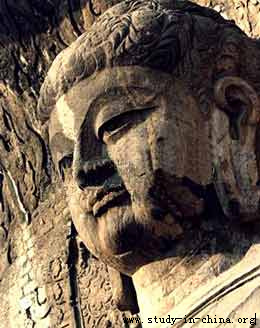| Home > China Feature |
Wing Chun Kuen Kuit
Some Wing Chun schools use wing chun kuen kuit lit. Wing Chun Fist Formula in teaching the art. These are short, often sing-song, sayings or rhymes that encapsulate principles, strategies or combat responses. Their meanings are often derived from local slang. Some sayings may appear simple but gain greater lucidity and meaning during training.
Principles
Tenets of Wing Chun include practicality, efficiency and economy of movement. Practitioners are sometimes encouraged to sense the energy behind their movements. The core philosophy becomes a useful guide to practitioners when modifying or refining the art.
Practicality
Wing Chun techniques emphasise practicality and effectiveness. Most strikes have the intention to injure the target. Wing Chun concept is based upon the fact that the closest distance between two points is a straight line. Its primary targets all lie on the centerline of one's opponent. The Centerline must always be pointing at one's opponent.
Efficiency
Wing Chun believes in using the least amount of required force in any fighting situation. It believes properly, correct timed position and movement can and should be used to defeat their opponent. This is achieved through balance, body structure and relaxation. The Chinese saying "4 taels to move 1000 catties" (referring to an old Chinese measurement system) is appropriate here in describing how a small amount of force, correctly applied, can deflect powerful attack.
Wing Chun uses deflection and counter-attack in the same motion or will intercept the opponent to nulify an attack, rather than blocking then attacking in two separate motions. Further on interception the punch can act as a block as a consequence of the structure and the position of the arm travelling along its triangular "power-line" pathway to the opponent's "Core". This means that the opponent's attack is automatically deflected by the arm-structure of the Wing Chun practitioner as the counter-punch is delivered.
The "structure" permits this deflection to occur is controlled through the correct focus of energy from the "core" to the "elbow". If the structure is not in place, the counter-attack/interception is likely to breakdown losing the "forwarding" power which may result in the deflection failing and allowing the attacking punch to make its target.
In addition to efficiency being understood as the "shortest distance to the opponent's core" (which relates specifically to the speed of attack/counter-attack), it is also important to understand the importance of energy efficiency within Wing Chun. A person using Wing Chun is said to be able to defeat a stronger person because they are able to use their structure effectively. Given this, it is essential in ensuring that the Wing Chun practitioner has a full understanding of structure which enables them to use the correct use of energy required - any deviation from their "structure" resulting in using muscles in the shoulders will cause injury to the practitioner and also result in fatigue very quickly. This deviation removes the Wing Chun practitioners advantage since their "structure" will no longer support the defence/attack and viceaversa. So the conclusion of the fight will be determined by the opponent with the stronger arms, shoulders and chin!
Art
 more
moreChina Beijing International Diet ...
Recently, The hit CCTV documentary, A Bite of China, shown at 10:40 ...

Exhibition of Ancient Chinese Jad...
At least 8,000 years ago, Chinese ancestors discovered a beautiful...

Longmen Grottoes
The Longmen Grottoes, located near Luoyang, Henan Province, are a tr...

Custom
 more
moreWeb Dictionary
Martial Arts
Tai Chi Master Class Held in Moscow
MOSCOW, June 15, 2016 (Xinhua) -- Students learn from Shaolin ...
Celebriting 70 years' efforts in restoring Mogao...
Work is being carried out at the restoration site of cave No 98 a...
Hong Kong Children's Symphony performs in Seattle
Under the theme of Tribute to the Golden Age, a concert featuring a ...





 print
print  email
email  Favorite
Favorite  Transtlate
Transtlate 








